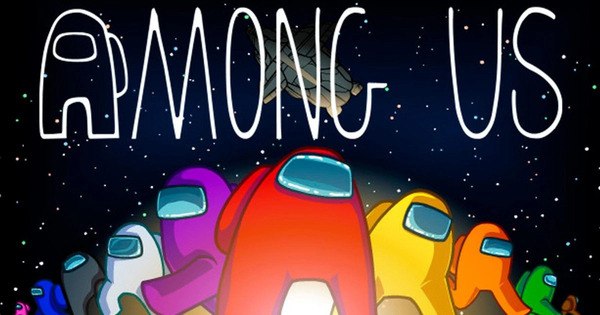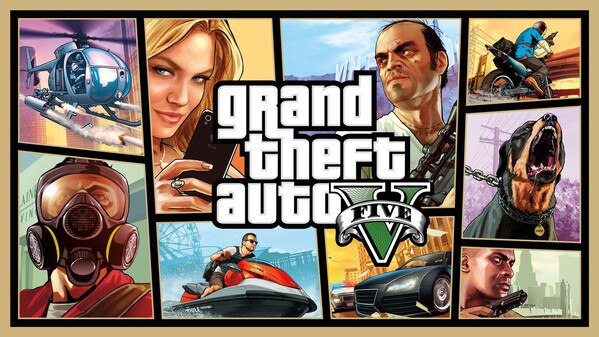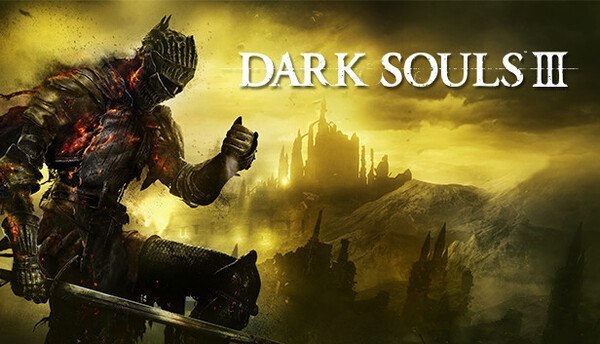Call of Duty – The Evolution of a Shooter Icon
Introduction: A Legacy of Firepower and Innovation
Since its debut in 2003, Call of Duty (CoD) has become one of the most influential and best-selling franchises in gaming history. Published by Activision, and developed by studios like Infinity Ward, Treyarch, and Sledgehammer Games, the series has evolved from gritty WWII shooters to modern and futuristic warfare, and now a hybrid of both with annual releases and free-to-play components like Warzone.
Whether you're engaging in cinematic campaigns, fast-paced multiplayer, or survival-based zombie modes, Call of Duty consistently delivers high-octane action, refined gunplay, and polished production values.
1. Campaign Mode – Cinematic, Short, and Explosive
Call of Duty campaigns are known for their blockbuster storytelling, with dramatic set pieces, explosive action, and high-quality voice acting. Each entry explores different time periods, from World War II to near-future conflicts.
Pros:
-
Hollywood-level storytelling and production
-
Engaging missions with variety and spectacle
-
Memorable characters and dramatic arcs
Cons:
-
Typically short (5–7 hours of gameplay)
-
Replay value is limited unless collecting intel
2. Multiplayer – The Heart of Call of Duty
Multiplayer has long been the core of CoD’s appeal. With fast TTK (time to kill), a responsive engine, and skill-based matchmaking, it caters to casual players and competitive veterans alike.
Pros:
-
Smooth, responsive gunplay and controls
-
Wide selection of maps and modes
-
Frequent updates and seasonal content
Cons:
-
Balance issues (weapons or perks may dominate)
-
Skill-based matchmaking can feel punishing for casuals
3. Warzone – Battle Royale, CoD Style
Launched in 2020, Call of Duty: Warzone is the franchise’s free-to-play battle royale experience, integrating cross-progression with the mainline games (Modern Warfare, Cold War, Vanguard, etc.).
Pros:
-
Massive maps with 100+ player lobbies
-
Integration with mainline weapons and Operators
-
Frequent live events and map changes
Cons:
-
Cheating and hacking issues at times
-
Can feel bloated with too many weapon types
4. Zombies Mode – Co-Op Chaos and Survival
Originally introduced by Treyarch, Zombies mode pits players against waves of the undead in co-op maps with intricate storylines, power-ups, and Easter eggs.
Pros:
-
Great for cooperative gameplay with friends
-
Deep lore and challenge modes
-
Creative weapons and map mechanics
Cons:
-
Complexity can overwhelm newcomers
-
Not included in all CoD titles
5. Weapon Customization and Gunsmith
The Gunsmith system allows for detailed weapon customization, with attachments, optics, grips, and skins that affect both performance and appearance.
Pros:
-
Highly customizable loadouts
-
Encourages experimentation and playstyle variety
-
Realistic weapon stats and recoil profiles
Cons:
-
Unlocking attachments can feel grindy
-
Some builds clearly outperform others
6. Graphics and Audio Design
Each Call of Duty title pushes technical boundaries with realistic visuals, cinematic lighting, and immersive audio — from battlefield explosions to distant footsteps.
Pros:
-
Stunning visual fidelity and motion capture
-
Powerful audio for gunshots and ambient effects
-
Realistic character animations and environments
Cons:
-
High hardware requirements on PC
-
Visual clarity sometimes sacrificed for realism
7. Cross-Play and Cross-Progression
Modern CoD entries now feature cross-play between platforms and cross-progression between modes, allowing you to carry your loadouts, rank, and battle pass across PC, Xbox, and PlayStation.
Pros:
-
Unified experience regardless of platform
-
Easier to play with friends across devices
-
Saves progress across Warzone and multiplayer
Cons:
-
Console players may face input disadvantages
-
Some settings (FOV, sensitivity) aren’t balanced across platforms
8. Seasonal Content and Live Service
CoD has embraced the live-service model, introducing battle passes, rotating modes, limited-time events, and new weapons and Operators each season.
Pros:
-
Keeps gameplay fresh with regular updates
-
Free and paid tiers in the Battle Pass
-
Community engagement through events
Cons:
-
FOMO (fear of missing out) can pressure players
-
Some seasonal content locked behind grinds
9. Monetization and Microtransactions
Microtransactions are prevalent in CoD, mostly for cosmetics, operator skins, blueprints, and bundles. While the core gameplay remains unaffected, the storefront is ever-present.
Pros:
-
Cosmetics don’t impact competitive balance
-
Frequent themed bundles and collaborations (e.g. Godzilla, Nicki Minaj)
-
Occasional free rewards and giveaways
Cons:
-
Expensive cosmetic bundles
-
Monetization sometimes overemphasized in menus
10. Esports and Competitive Scene
Call of Duty League (CDL) represents the franchise’s esports efforts, featuring professional teams, tournaments, and a growing community of streamers and viewers.
Pros:
-
High production value and intense matches
-
Developer support for competitive modes and maps
-
Opportunities for amateur players through Ranked Play
Cons:
-
Spectator tools can be limited
-
Esports updates sometimes lag behind casual patches
Conclusion: The Warzone That Keeps Evolving
Call of Duty remains one of the most versatile and enduring FPS franchises in gaming. Whether you're into cinematic campaigns, competitive online play, or zombie survival, there's something for every type of player.
Despite critiques on monetization and annual fatigue, CoD continues to innovate — especially with Warzone, cross-play, and evolving seasonal models. If you're looking for a fast-paced, action-packed shooter with frequent content and tight mechanics, Call of Duty still leads the charge.





























